Exploring the Versatility of 1-Wire Temperature Sensors
The realm of temperature measurement is diverse, with 1-wire temperature sensors standing out for their simplicity and efficiency. These sensors are designed to provide reliable readings through a single wire interface, which not only simplifies the integration process but also minimizes the wiring complexity. This introduction delves into the various aspects of 1-wire temperature sensors, from their types and applications to their features and materials.
Types and Applications of 1-Wire Temperature Sensors
There are several types of 1-wire temperature sensors, each tailored for specific environments and applications. These range from simple thermistors for indoor climate control to robust sensors designed for industrial temperature monitoring. The versatility of these sensors makes them suitable for a wide array of applications, including environmental monitoring, food storage, and process control in manufacturing.
Features and Advantages of 1-Wire Sensors
The features of 1-wire temperature sensors are numerous. They offer a digital output that can be easily interfaced with microcontrollers and other digital systems. This digital interface ensures that the signal integrity is maintained even over long distances, making them ideal for large-scale industrial applications. Additionally, their low power consumption makes them suitable for battery-operated devices, where power efficiency is crucial.
Materials and Construction
The construction of 1-wire temperature sensors often involves materials that ensure durability and accurate readings. Typically, these sensors are encased in stainless steel or other robust materials that protect the internal components from environmental factors like moisture, dust, and chemicals, which could otherwise affect their performance.
Choosing the Right 1-Wire Temperature Sensor
Selecting the appropriate 1-wire temperature sensor requires consideration of the specific needs of the application. Factors such as the temperature range, accuracy requirements, and environmental conditions play a significant role in determining the most suitable sensor. It is essential to assess the specifications of each sensor to ensure compatibility with the intended application.
Integration and Compatibility
Integration of 1-wire temperature sensors into existing systems is facilitated by their compatibility with standard protocols and interfaces. This ease of integration, combined with their ability to operate independently or in networks, makes them a flexible solution for temperature monitoring across various industries.
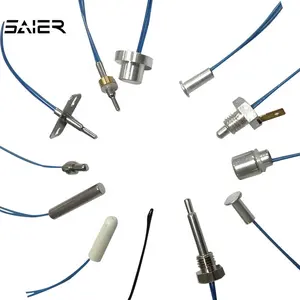

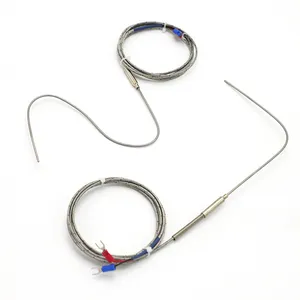





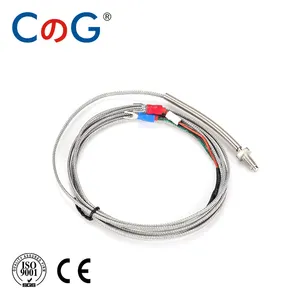
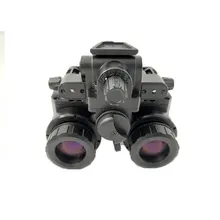

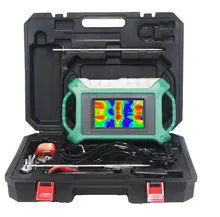
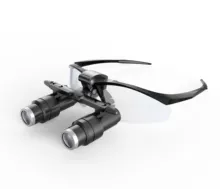
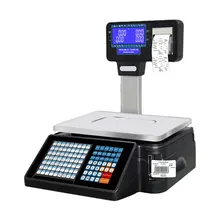




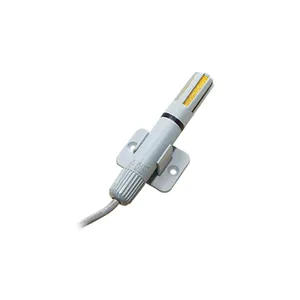












 浙公网安备 33010002000092号
浙公网安备 33010002000092号 浙B2-20120091-4
浙B2-20120091-4